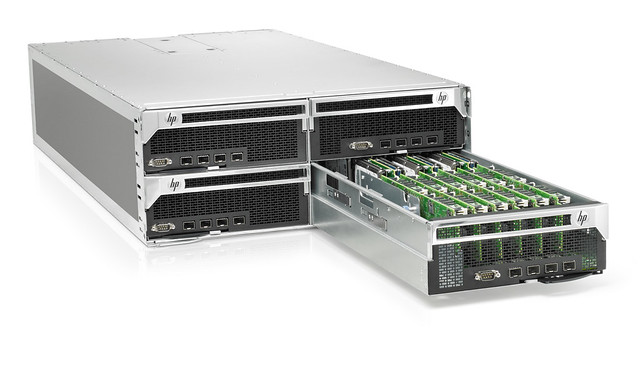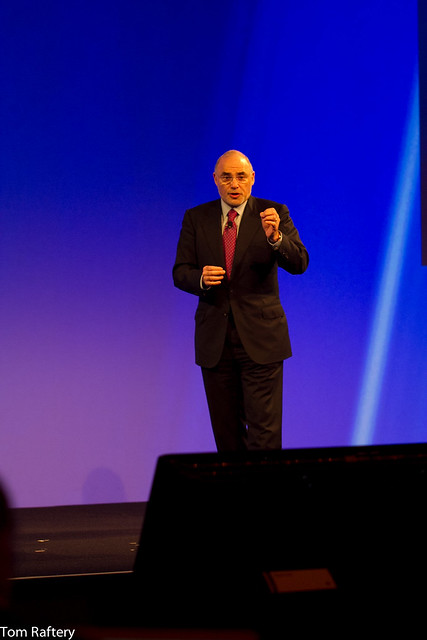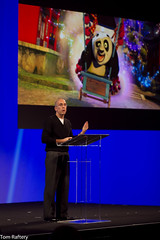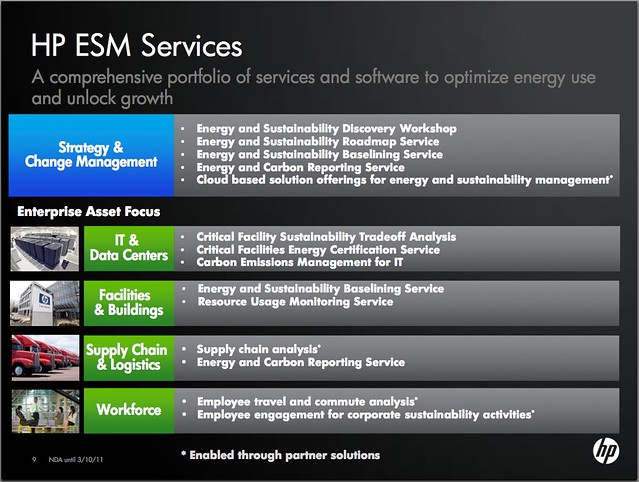
Regular GreenMonk readers will be very aware that I am deeply skeptical about claims that Cloud Computing is Green (or even energy efficient). And that I talk about the significant carbon, water and biodiversity effects cloud computing can have.
One of the biggest issues with any claims of Cloud Computing being energy efficient, or Green, is the lack of transparency from the Cloud Computing providers. None Almost none of them are publishing any data around the energy consumption, or emissions of their Cloud infrastructure (article updated from “None of them” to “Almost none of them…” after comments from Memset and Greenqloud in the comments section below). Without data to back them up, any claims of Cloud computing being efficient are worthless.
Last week, while at the RackSpace EMEA Analyst day, we were given a potted history of OpenStack, RackSpace’s Cloud Computing platform. OpenStack was jointly developed by NASA and RackSpace and they open-sourced it with an Apache License in July 2010.
Anyone can download OpenStack and use it to create and host Cloud Computing solutions. Prominent OpenStack users include NASA, RackSpace (not surprisingly), AT&T, Deutsche Telecom, HP and IBM.
What has this got to do with Cloud Computing and energy efficiency I hear you ask?
Well, it occurred to me, during the analyst day, that because OpenStack is open source, anyone can fork it and write a version with built-in energy and emissions reporting. What would be really cool is, if this functionality, having been written, became a part of the core distribution – then anyone deploying OpenStack, would have this functionality by default.
And, OpenStack isn’t the only open source Cloud platform – there are two others that I’m aware of – Citrix’s CloudStack and Eucalyptus. Having the software written for one open-source platform, should allow reasonably easy porting to the other two.
Of course, with the software written as open-source, there could be constant improvement of it. And as part of one of the cloud platforms, it should achieve widespread distribution quickly.
Having energy and emissions information available, will also allow inefficiencies in Cloud infrastructure to be quickly identified and fixed.
So, the next step is to get someone to write the software – anyone up for it?
Or, what are the chances of getting someone like HP, IBM, RackSpace, or even NASA to sponsor a hackathon whose aim is to develop such software?
Photo Credit Jeremy Burgin
Follow @TomRaftery









